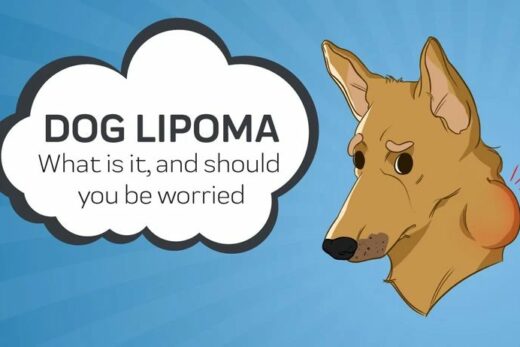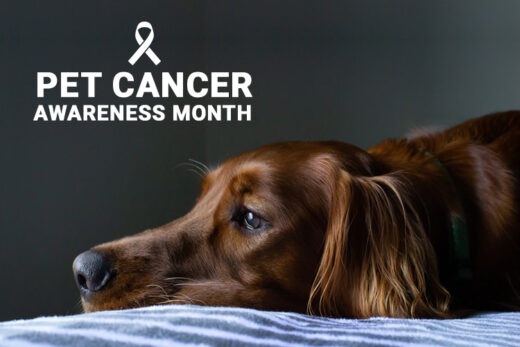Hyperkeratosis, informally known as “hairy dog feet”, is a non-fatal skin condition caused by a genetic immune system disorder that can be painful and cause secondary infections in certain dog breeds. As of now, hereditary keratosis is untreatable, but some measures can be taken to help manage.
What is Hyperkeratosis?
Hyperkeratosis, if it does develop, will manifest on your dog’s nose and paws. Fittingly, the names given to the different forms of canine hyperkeratosis are Nasal Hyperkeratosis and Foot Pad Hyperkeratosis.
Hyperkeratosis is an overproduction of skin cells, causing the area to thicken and harden. When it forms, it resembles little hairs that appear to be growing on your dog’s nose or paw pads, when in actuality, it is dry skin. If it is left untreated, it can lead to painful skin cracking, which can create the perfect environment for secondary infections. Dogs use their noses to guide them, and their feet to explore, so having an open wound like cracked skin on such heavily contacted areas is not ideal.
What Breeds are at Risk?
Dog breeds at genetic risk of developing hereditary hyperkeratosis include:
- Golden Retrievers
- Irish Terriers
- English Bulldogs
- French Bulldogs
- Boxers
As these breeds age, the risk of developing hyperkeratosis rises exponentially.
Other Causes?
While hyperkeratosis is a genetic condition, it can also be caused by outside influence. Any dog or dog breed can technically develop a form of hyperkeratosis, but it is less common.
These additional factors that can cause hyperkeratosis, regardless of breed, include:
- Canine Distemper (Disease that is avoidable through vaccine)
- Leishmaniasis (Disease caused by sand-fly bites)
- Zinc deficiency
Symptoms: What to Look For
If your pup has developed some form of hyperkeratosis, there are a few signs they might display, other than the visual overgrowths and physical hardening of the skin. If your dog has developed footpad hyperkeratosis, it will likely be painful for them to walk or stand up. If they appear to be avoiding standing up or are whining in pain each time they do stand up, check their paws for irregularities. A similar approach should be taken when nasal hyperkeratosis is suspected.





